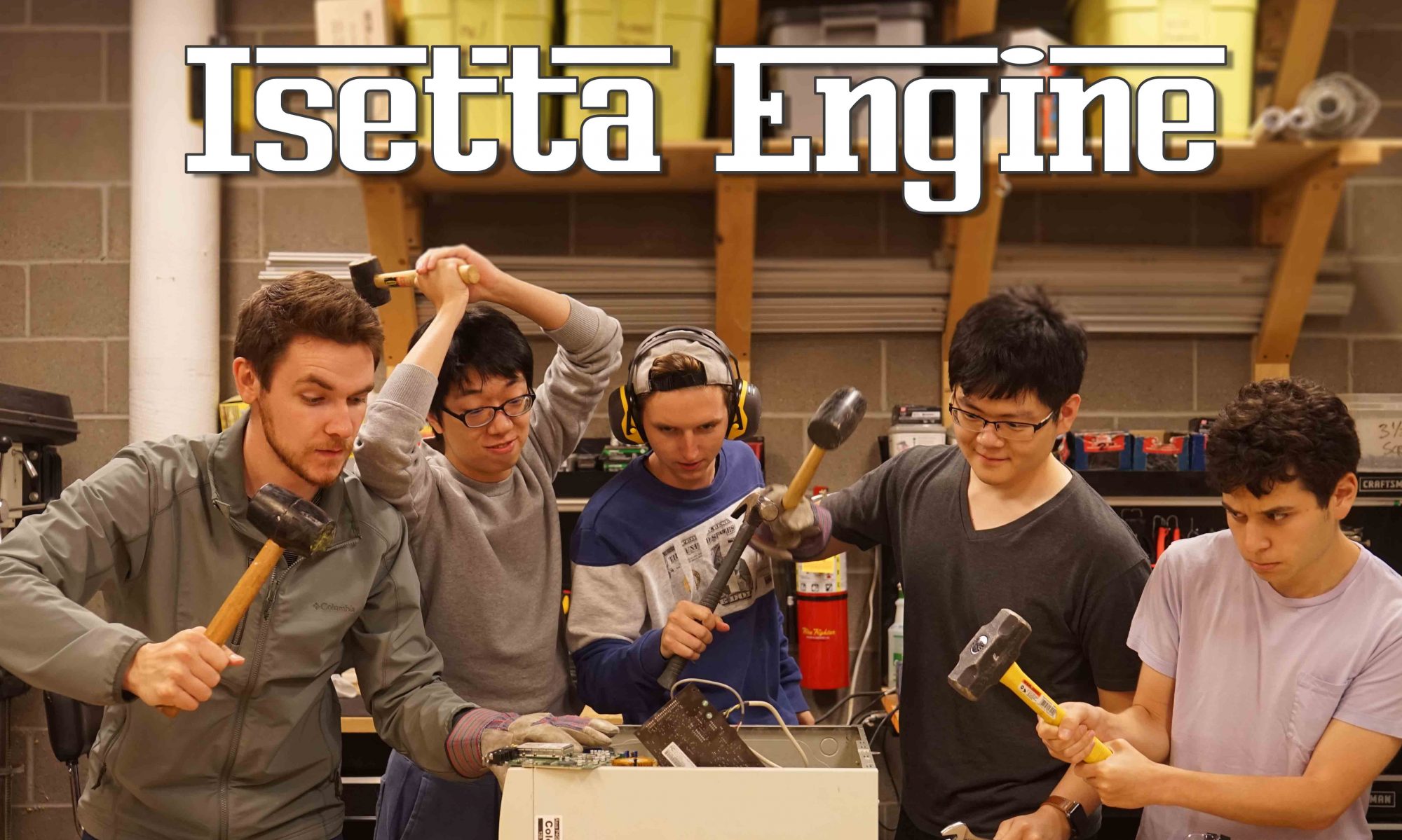Byte-Sized Updates
- Architecture Update: We’ve made changes to our design as expected, systems were added and removed based on the criteria of the test game.
- Input Module: Implemented the input module with polling and callback registration interface.
- Engine Loop: Moved from a while loop in main to an engine loop with fixed update time step, variable rendering.
- Timer: Created a clock class to support multiple clocks in-engine.
- Memory Management: Implemented double buffered allocator and object handle, and currently halfway through defragmentation.
- Filesystem: System to create/read/write files synchronously and asynchronously using Microsoft’s API.
- Networking: Created the networking module and wrapper, made some rudimentary message objects, and connected our team from across the void (i.e. the space between our computers)
For full write-up see here. The code can be found on the GitHub repo tagged with week-3.
